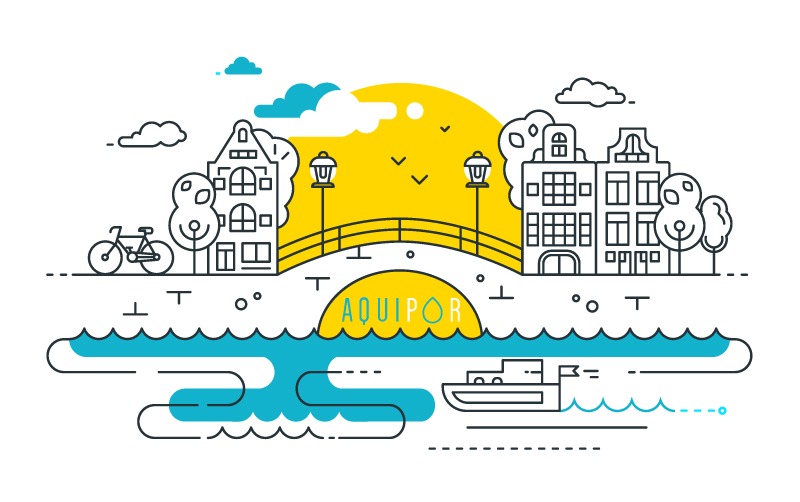The Dawn of Sponge Cities
solutions for change
We are asking you to join the AquiPor team on our mission to help bring infrastructure into the 21st century. The challenges presented by urbanization, climate change, and dilapidated infrastructure are only getting worse, and the opportunity to make a difference is equally large.
join the movement

AquiPor just received 3rd party testing results on the absorption rate of our technology. Why is this important? According to ASTM C […]
Urban flooding, aging infrastructure, and polluted waterways are symptoms of a broken stormwater system—one that wasn’t built for the climate challenges cities […]
When LA turned it’s river into a storm drain Starting in the 1930’s Los Angeles turned the LA river into a big […]
Copyright © 2025 AquiPor Technologies. Site designed & developed by Houdini Interactive.
